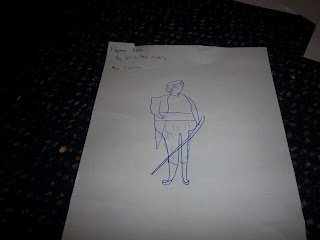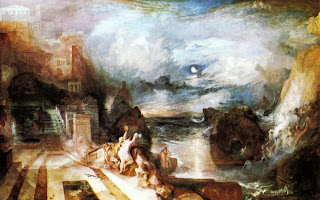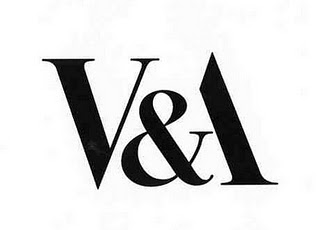When I was five, I had a Chicago Bulls jersey with the number 23 on the back, but Michael Jordan’s last name was absent. When I was eight, I got another Bulls jersey, this time with Jordan’s name sewn on above his number. It was a much cooler, classier jersey. The Wallace Collection epitomizes high class. The rooms are elaborately decorated, the exterior of the museum mansion is beautiful and Victorian, so it is only fitting that the paintings have the names and titles of paintings engraved on the frames. While I usually think the painting should stand alone with text panels on the side (or like in the Saatchi Gallery far away from the paintings), for this collection it seemed rather fitting. The more expensive, ornate, and high-on-the-social-ladder this museum could look, it fulfilled that ideal. Engraved paintings made the whole work of art, from the painting to the frame to the wall to the entire room, a work of art.
I'll go with the famous one. The Swing is a fascinating painting which has this beautiful nature exterior and a Victorian feel to it, but the man in the bushes waiting for the woman to swing to him gives it a sensual and forbidden feel. It is almost reminescent of the Garden of Eden, with the temptation and the female as the one being pushed around. It is a painting that makes me smirk.
Guns should not be this pretty. It makes little kids want them. In that regard, it's disgusting. However, it's cool and lavish. I wouldn't want to fire it because I'm very pro gun control, but I would love to hold it just to intimidate someone.
My favorite museum experience is split between the Design Museum and the Saatchi Galleries. The former had the incredible design awards exhibit which was incredibly fun to mull around. Also, it allowed me to understand the art of design more deeply. I have always had the thought of art being paint on canvas, but that museum most vividly changed my opinion. Automobile design, iPad app design, sex surface design: these are all works of art in varying degrees, and it was fascinating to appreciate these works on par with Van Gough’s sunflowers and Monet’s Lilly pads as they are all art. I loved my visit to the Saatchi gallery because the art challenged me more than any art I had seen in my life. I appreciate and love looking at Monet’s painting, loving being encapsulated in their beauty, but they have never made me think or philosophize about their message. Almost every piece in the Saatchi Gallery achieved this feat. The works were raw and unforgiving; the museum felt like an equivalent to a black comedy. Further, I loved the locations of both museums. After my visits, walking through Chelsea or along the river among the many wharfs was a perfect way to ponder the art I had seen and appreciate the art of the city.
My family has always been a museum family, so I was well versed in museums and art before this trip, but this class has made me think about not just the small components of the museum as art, but the entire museum as one piece of art. If a museum has a lack of focus when presenting itself, I am now critical. This extends from the gallery presentation to the façade of the buildings to the literature they pass out. If a museum cannot present itself well, what’s the point of going inside? And even further, museums must create a unique image for themselves. There are hundreds, if not thousands of art museums in the world, so why is this one special? When I was in Madrid, I think the Thessin museum answered this question but the Prado, the more famous one, did not. Unfortunately, the collection can speak for itself only to an extent, the museum must work to enhance the collection and itself. At the end of this class, I have become proudly critical of museums, but I think it will improve all my museum experiences from here on out.
Had I not been in this class, I would have gone into the National Gallery and the Tate Modern. That’s it. It’s not that I disliked museums, but I know I would have found excuses to avoid London’s wonderful museum scene. This class made me explore the other big museums as well as some smaller ones I would have never thought to go to (Design, Saatchi, Wallace). I am so happy I took this class because it would have been a waste if I hadn’t spent significant time exploring the museums in London.



















































